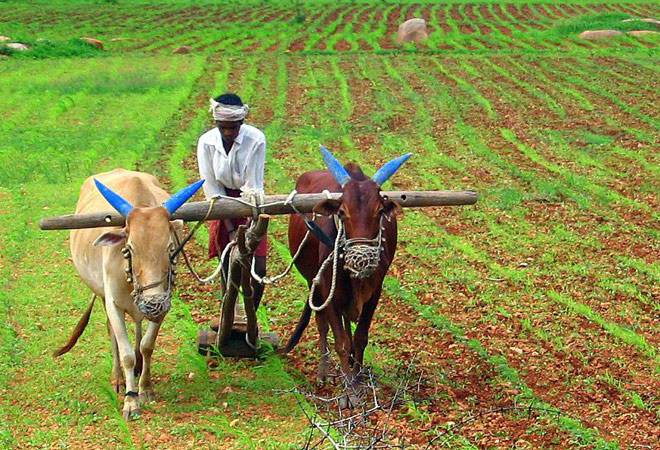Background.
India’s growing population, overdependence on agriculture, the preponderance of small and marginal holdings, frequent changes in climatic conditions, significant credit buildup, and other factors have all had a negative impact on the country’s agriculture.
Agriculture is affected by the irregular nature of demand and supplies. Inadequate storage facilities result in the loss of produce, resulting in a financial loss. Inadequate storage facilities have plagued Indian agriculture, and emerging countries have already suffered significant losses. The evident mismanagement has been exacerbated by a lack of investment.
Agricultural finance is provided through a variety of sources in India. Moneylenders, cooperative credit institutions, and the government provide the majority of short- and medium-term loans to Indian farmers.

Moneylenders, land development banks, and the government, on the other hand, meet the long-term financing needs of Indian farmers. The National Bank for Agricultural and Rural Development now meets the long and short-term financial needs of these entities (NABARD).
Institutional and non-institutional sources of agricultural loans can be broadly classified. Moneylenders, dealers but Institutional sources include cooperatives, commercial banks, including the SBI Group, RBI, and NABARD, as well as commission agents, relatives, and landlords.
Current Spike In Credit
According to the Reserve Bank of India’s latest data, loans to the agriculture sector grew at a four-year high in FY21. This was due to a robust monsoon, which enabled the farm sector to remain relatively immune to the Covid-19 pandemic as the ecosystem surrounding the farm sector developed.
As of RBI’s monetary policy report published on April 1, outstanding credit to agriculture and associated sectors increased 10.2 percent year on year to Rs 12.74 lakh crore in February 2021, nearly doubling from the 5.8 percent year-on-year growth recorded in February 2020. In Budget 2021, the government increased the agriculture loan target for fiscal 2022 to Rs 16.5 lakh crore, up from Rs 15 lakh crore the previous year.

Additional tariffs on the import of specific commodities, including edible oils, lentils, gold, silver, and alcohol, were imposed in addition to the increased farm credit objective to help the country’s agricultural infrastructure and crop output. “Apart from direct credit to farmers, on-lending to agri-focused financial institutions has increased significantly”, according to Madan Sabnavis, the chief economist at CARE Ratings.
Government Measures
During the 1960s, the Indian government implemented the MSP policy for wheat. MSP has steadily spread to a wide range of crops, assisting farmers financially and in terms of future investment.
Furthermore, the government’s nationalization of commercial banks in 1969 and the establishment of NABARD in 1982 were two notable initiatives that helped to stabilize agricultural finance in India.

Apart from MSP, recent schemes such as the Kisan Credit Card scheme (which provides farmers with short-term formal credit at attractive interest rates for irrigation and farm mechanization) and PM-KISAN, which were introduced in 2018 and targeted small and medium land holdings farmers (but were later expanded to all farmers in 2019), have pushed the sector to new heights.
Also Read: Farmer’s Safety should be An Agricultural Priority.













